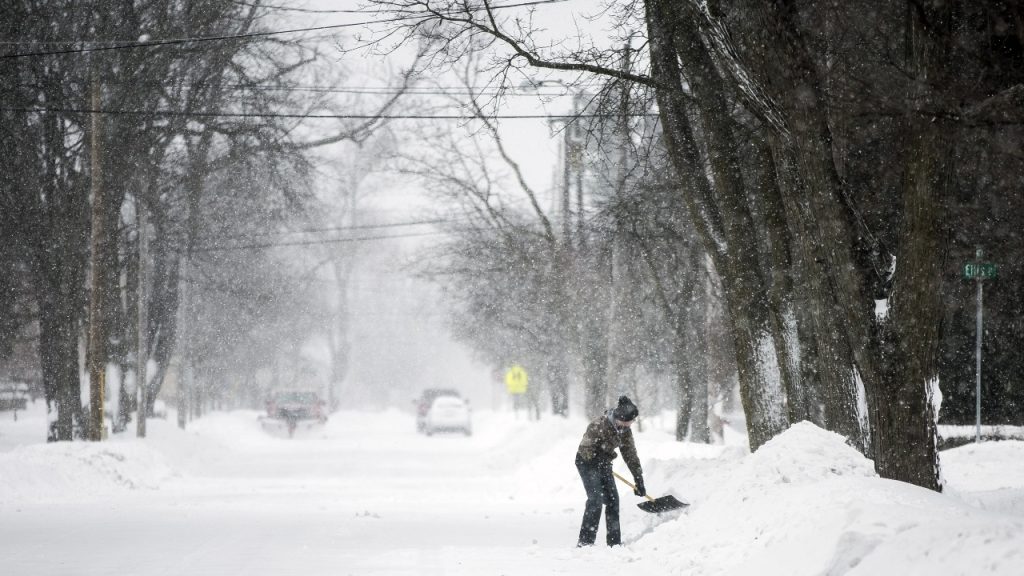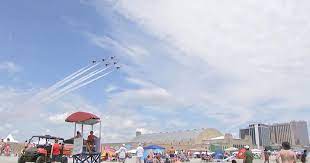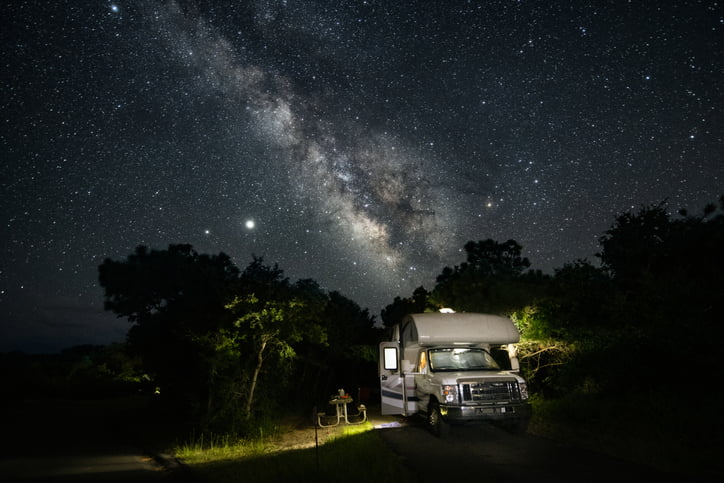Brace yourselves, Central Wisconsin! A winter storm is about to roll in tonight, bringing a messy mix of snow and ice that could make travel tricky—if not outright dangerous—through Wednesday. If you’re planning to hit the roads or even venture outside, you’ll want to take this storm seriously. From icy roads to low visibility, power outages, and the possibility of tree damage, here’s what you need to know to stay safe and prepared.
What’s Coming:
This evening, the storm will begin to make its move across the region, bringing snow that will turn into freezing rain as temperatures drop. Expect snow to fall heavily overnight, followed by the freezing rain that will coat roads, trees, and power lines in a thick layer of ice. The storm will stick around through Wednesday, with the worst of it expected tonight and early tomorrow morning.
It’s the freezing rain that will make things especially hazardous. Snow might slow things down, but ice will make everything dangerous—roads, sidewalks, and even trees. So, whether you’re planning to travel or stay in, you’ll need to keep your guard up.
Why It’s Dangerous:
-
Slippery Roads and Black Ice: The real danger from this storm comes from the freezing rain, which can create black ice—thin, nearly invisible sheets of ice that can cause you to lose control of your car in an instant. Even roads that look fine can be dangerously slick, so if you’re driving, you’ll need to slow down and be extra cautious. Bridges and overpasses freeze first, so be especially careful on them. Black ice is incredibly hard to spot, so just assume that all roads could be hazardous.
-
Low Visibility: Along with the snow and ice, the storm will bring poor visibility—meaning you might not see other cars, pedestrians, or hazards until it’s too late. If you’re on the road, use low-beam headlights and drive slowly. The snow can blow sideways, cutting visibility down to near zero. If conditions get too bad, the best move is to pull over safely and wait it out.
-
Fallen Trees and Power Outages: As the ice builds up on trees and power lines, branches and wires could snap, causing trees to fall and power outages to occur. This could make travel even more difficult, with fallen trees blocking roads and power lines down in dangerous places. If you come across downed lines, don’t approach them—call local authorities and wait for them to clear the area. To be on the safe side, prepare for a possible power outage: charge your devices, grab flashlights, and keep extra blankets handy.
How to Stay Safe:
-
Stay Home if You Can: The safest option is to avoid travel altogether if possible. The storm is expected to create dangerous conditions, and road crews won’t be able to keep up with the snow and ice. If you don’t need to leave, stay home and stay warm. If you must go out, make sure your car is winter-ready—check your tires, keep your gas tank full, and make sure your windshield wipers are working. And, of course, bring along a winter emergency kit with water, blankets, and a first-aid kit just in case.
-
Drive Like a Turtle: If you must drive, take it slow—this isn’t the time to rush. Keep your hands on the wheel and avoid any sudden movements. Don’t tailgate, and give yourself plenty of distance between you and other vehicles. Remember that bridges freeze first, so take extra care around overpasses. If you can’t see where you’re going, pull over to a safe spot and wait for the storm to let up a bit. Better safe than sorry!
-
Prepare for Power Outages: The weight of ice on trees and power lines could lead to power outages in some areas. If the lights go out, don’t panic—just make sure you’ve got a few essentials. Charge your devices while you still can, and stock up on flashlights and candles. If you have a generator, now’s a good time to make sure it’s ready. It’s also a good idea to have some non-perishable food and water on hand in case the power stays out for a while.
-
Stay Updated: The weather can change fast, and conditions could worsen before they get better. Keep your phone charged, and stay tuned to the latest weather reports. You’ll want to know if the storm is intensifying or if roads are being closed. The sooner you’re informed, the better prepared you’ll be.
Why Is This Happening?
This storm is a result of a low-pressure system pulling moisture from the Gulf of Mexico and mixing it with cold air coming down from the north. This combination is causing the snow and ice that’s headed our way. While winter storms are common this time of year, this one is packing enough punch to cause some serious disruptions. The ice, in particular, is what makes this storm stand out—it’s what’s going to cause the most trouble, from road closures to potential power outages.
If you’re dreading the snow and ice, you’re not alone. The storm has all the ingredients for a messy, hazardous few days. The combination of snow and ice will make roads slippery, and poor visibility could make driving risky. If you don’t need to be out there, stay home and avoid the chaos. But if you must go out, take it slow, stay safe, and be prepared for the worst.



